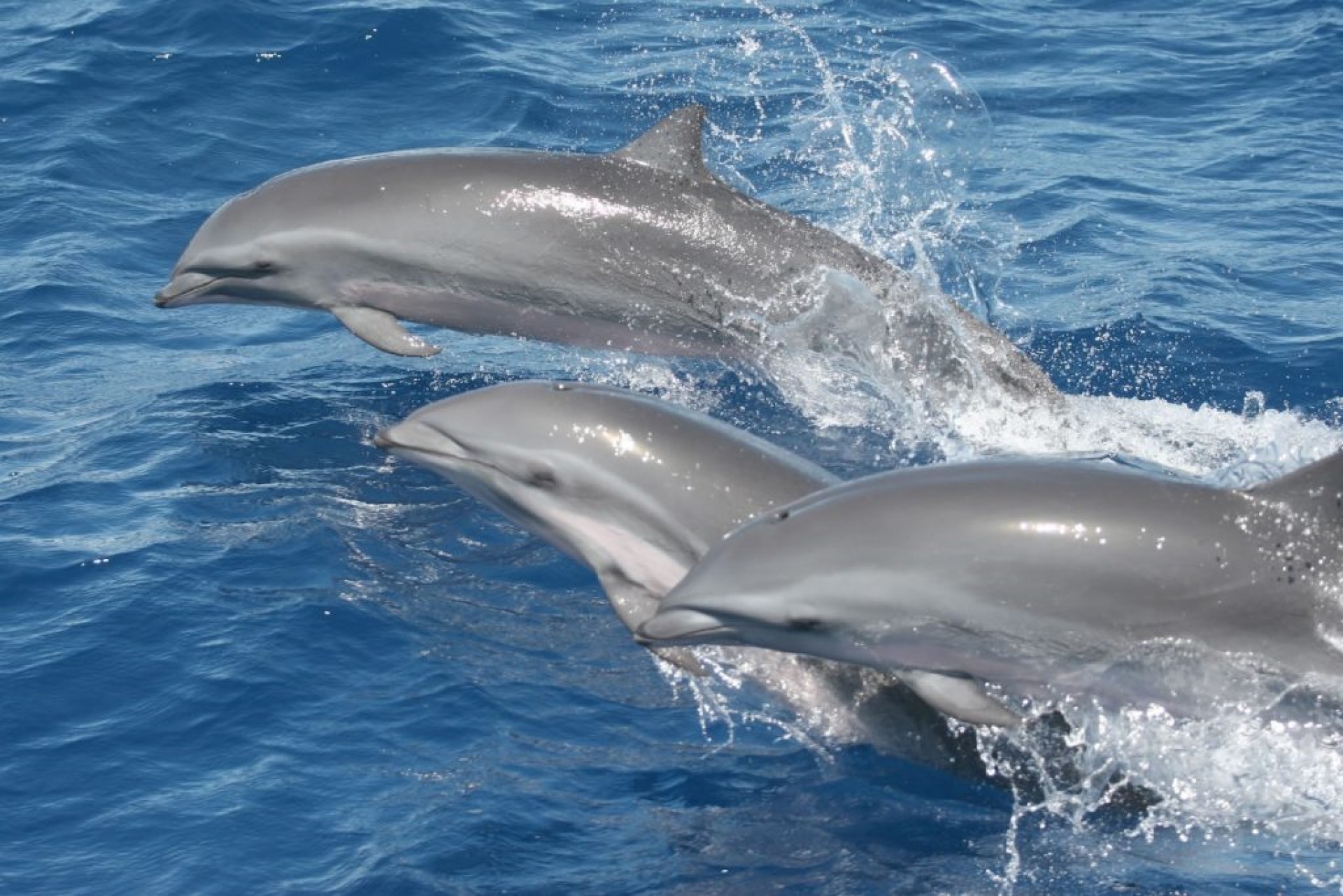
Frasers Dolphin
Generally found in the deep waters of the Pacific Ocean, though also seen in Indian and Alantic dolphin. It is also known as the Sarawak dolphin. When fully grown it weighs around 200kg and around 2.75m in length. From a distance it can be confused with a striped dolphin which lives in these waters. Usually found in large groups from 100-1000. Below is an encounter between a large group of frasers dolphins and a sailing boat.
While sightings have become far more common in recent times, there is no global estimate for the numbers of this species, though the Southeast Asian species is listed Appendix 2 of CITES so clearly there is a need to keep close watch on this situation.

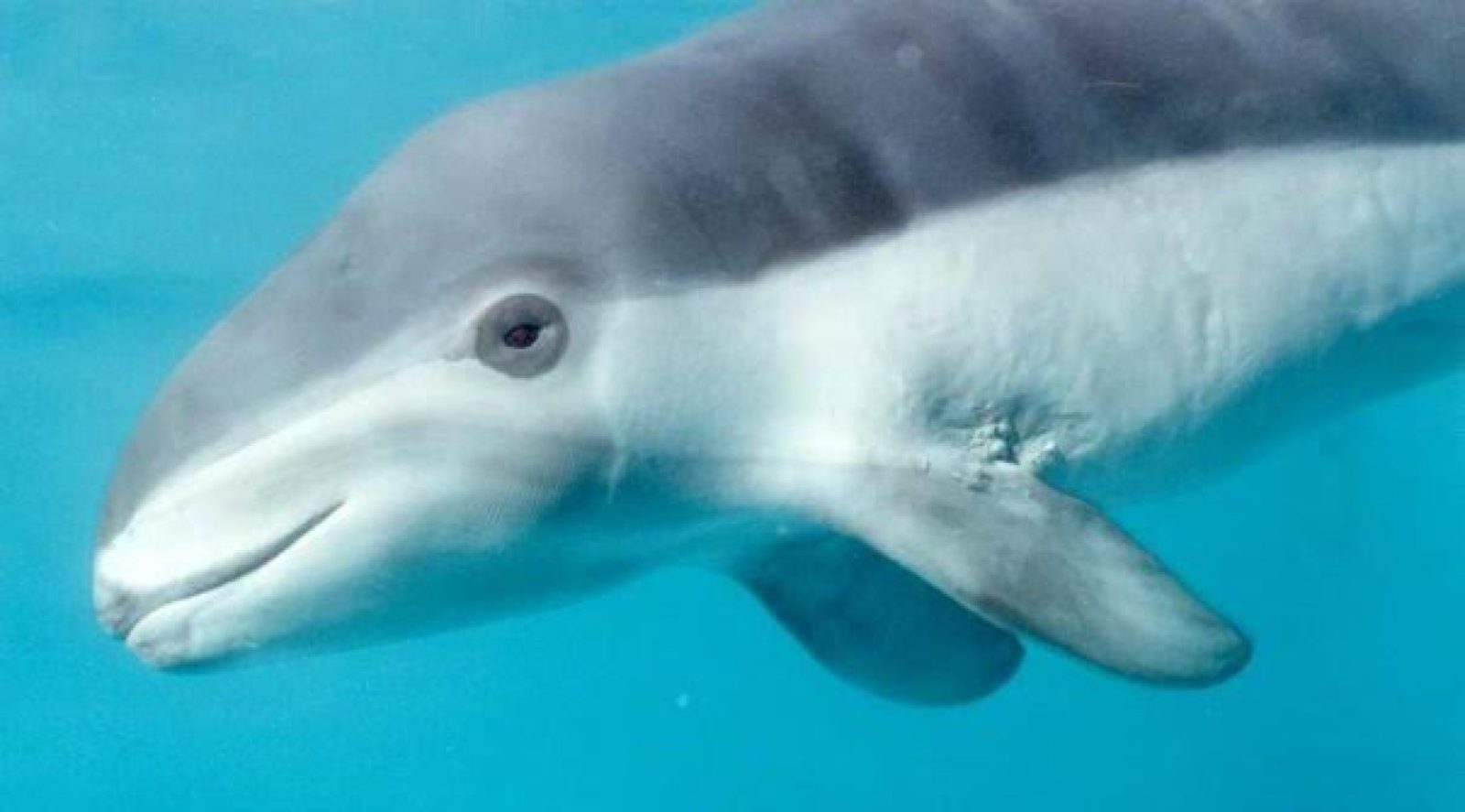
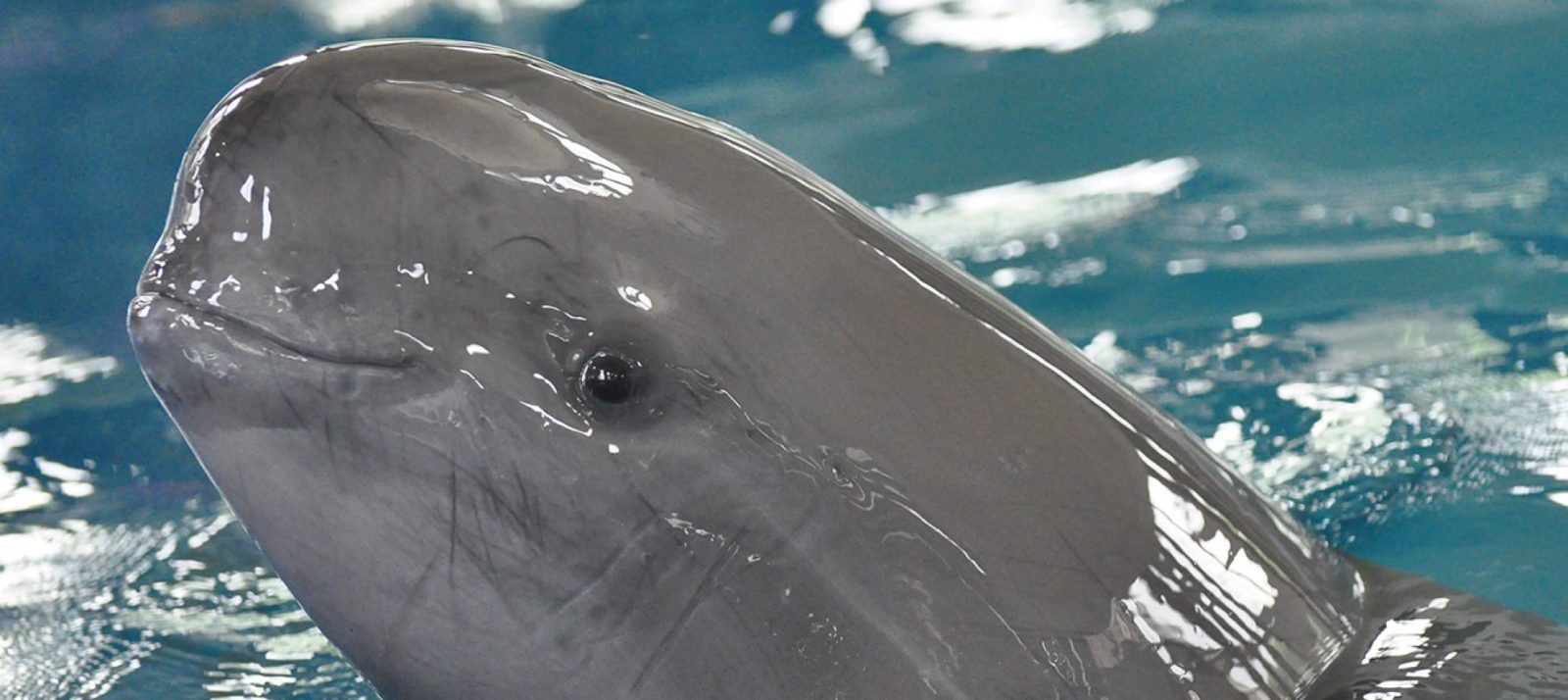
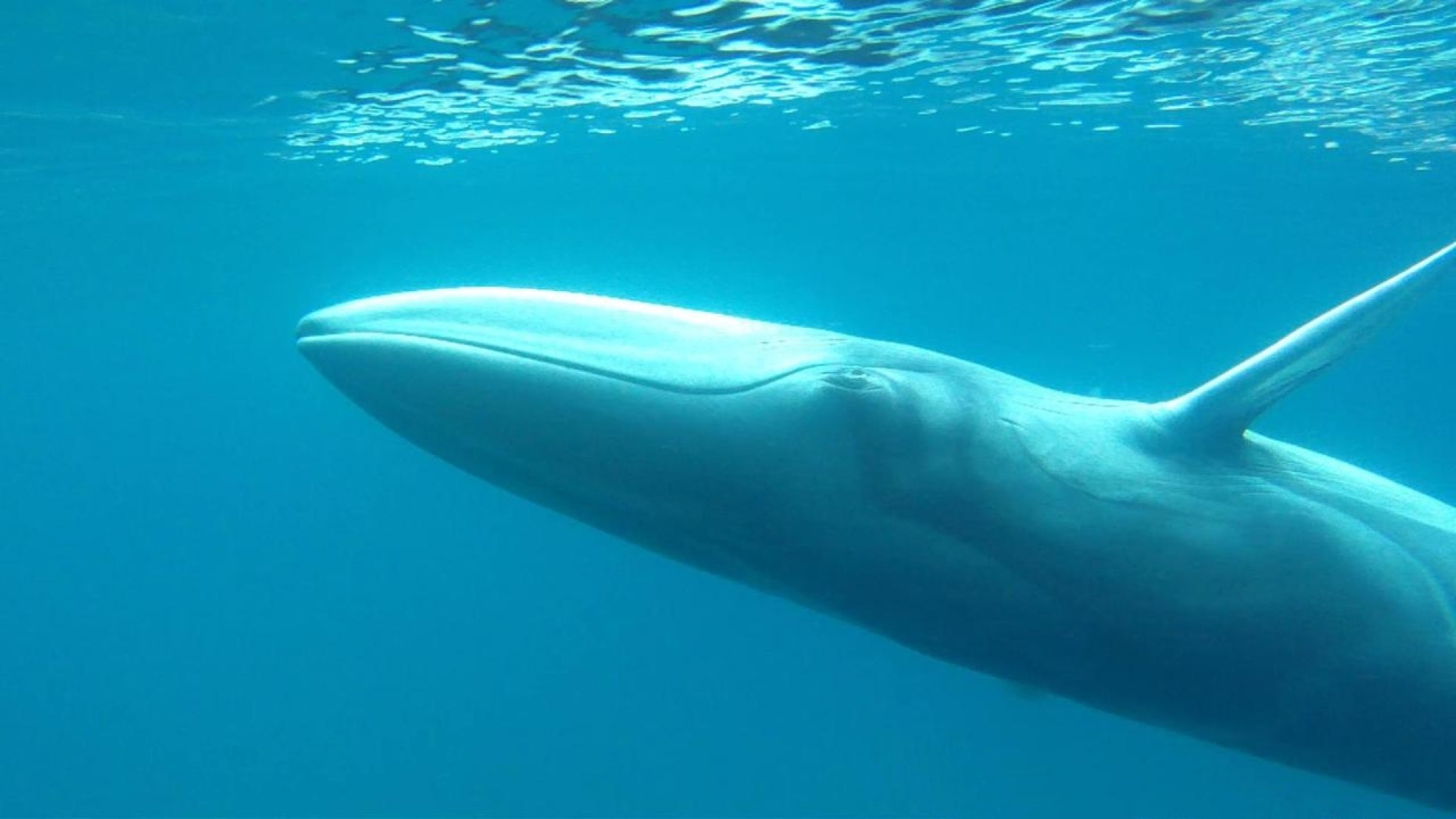
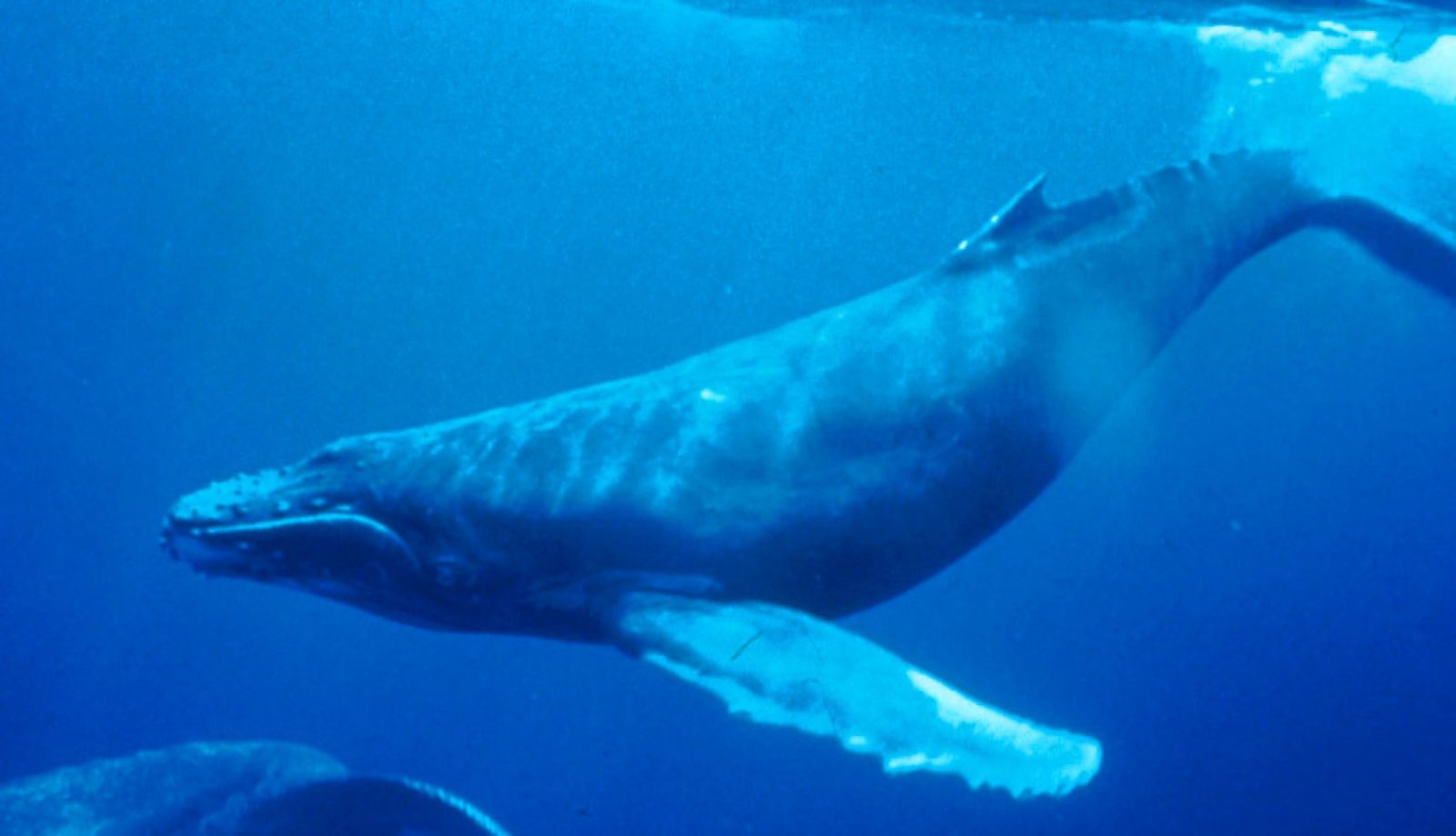
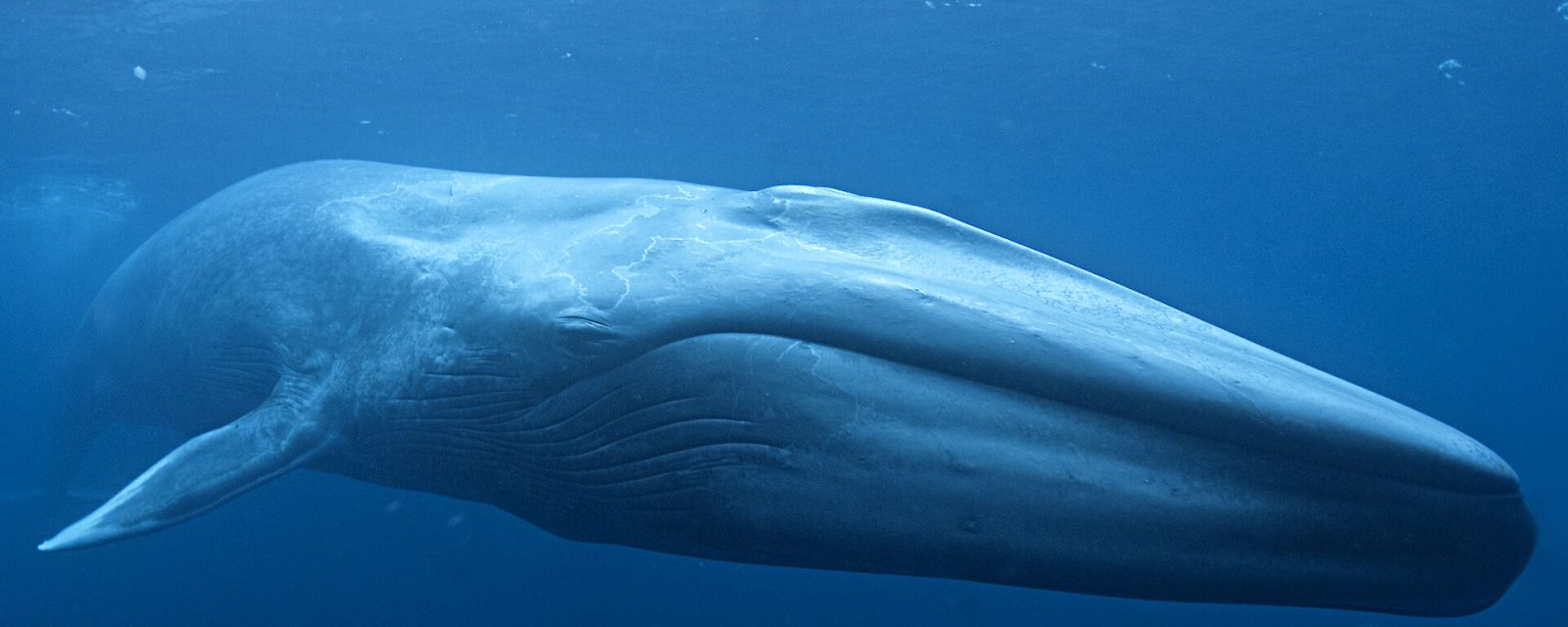
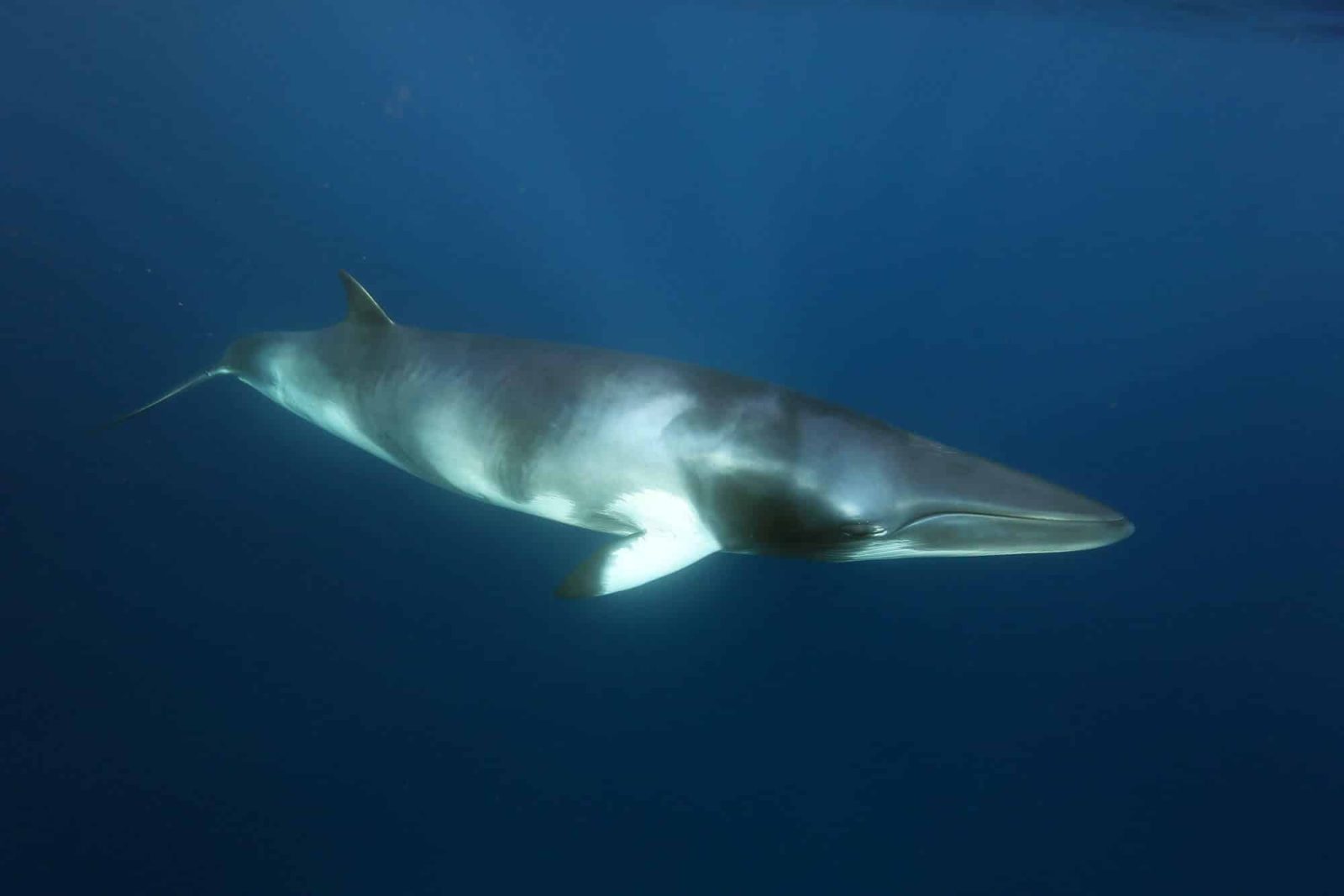
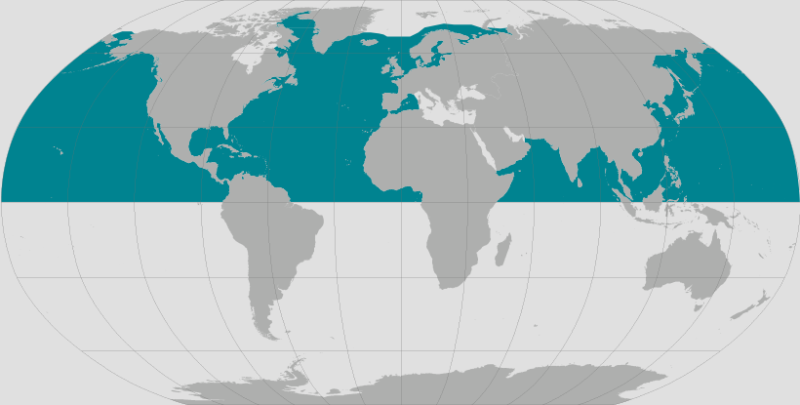 The smallest species of rorquals and second smallest baleen whales in the ocean. It was originally ignored, a primary target of whalers in the Southern hemisphere. Also known as the Northern minke whales, it lives in the Southern hemisphere, but is not the Southern Minke as that one lives in the waters around the Antarctic. Its range expands far into the northern hemisphere, up into arctic waters.
The smallest species of rorquals and second smallest baleen whales in the ocean. It was originally ignored, a primary target of whalers in the Southern hemisphere. Also known as the Northern minke whales, it lives in the Southern hemisphere, but is not the Southern Minke as that one lives in the waters around the Antarctic. Its range expands far into the northern hemisphere, up into arctic waters.
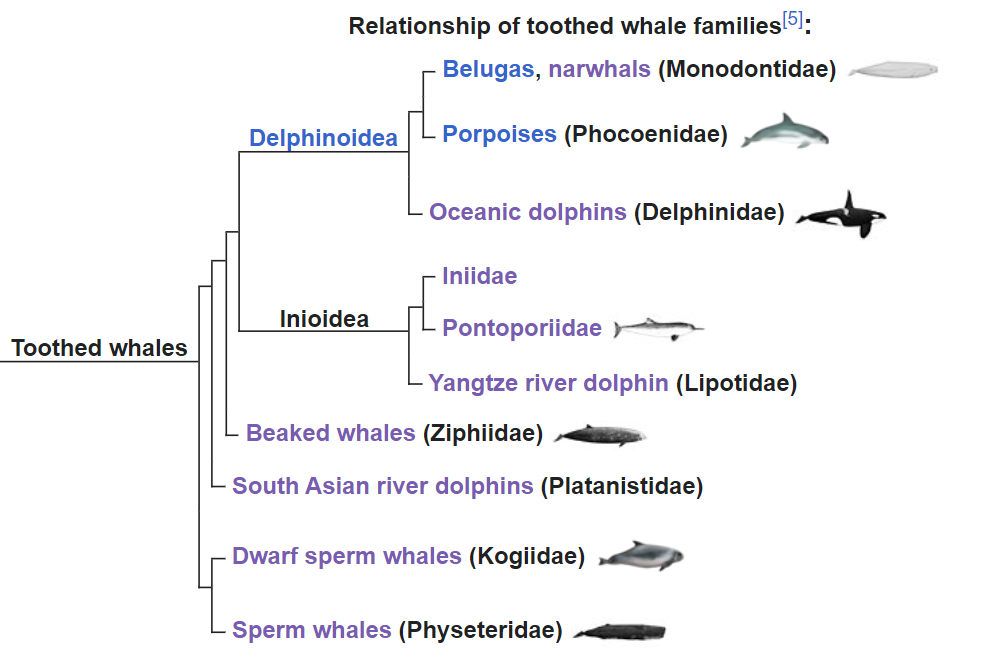
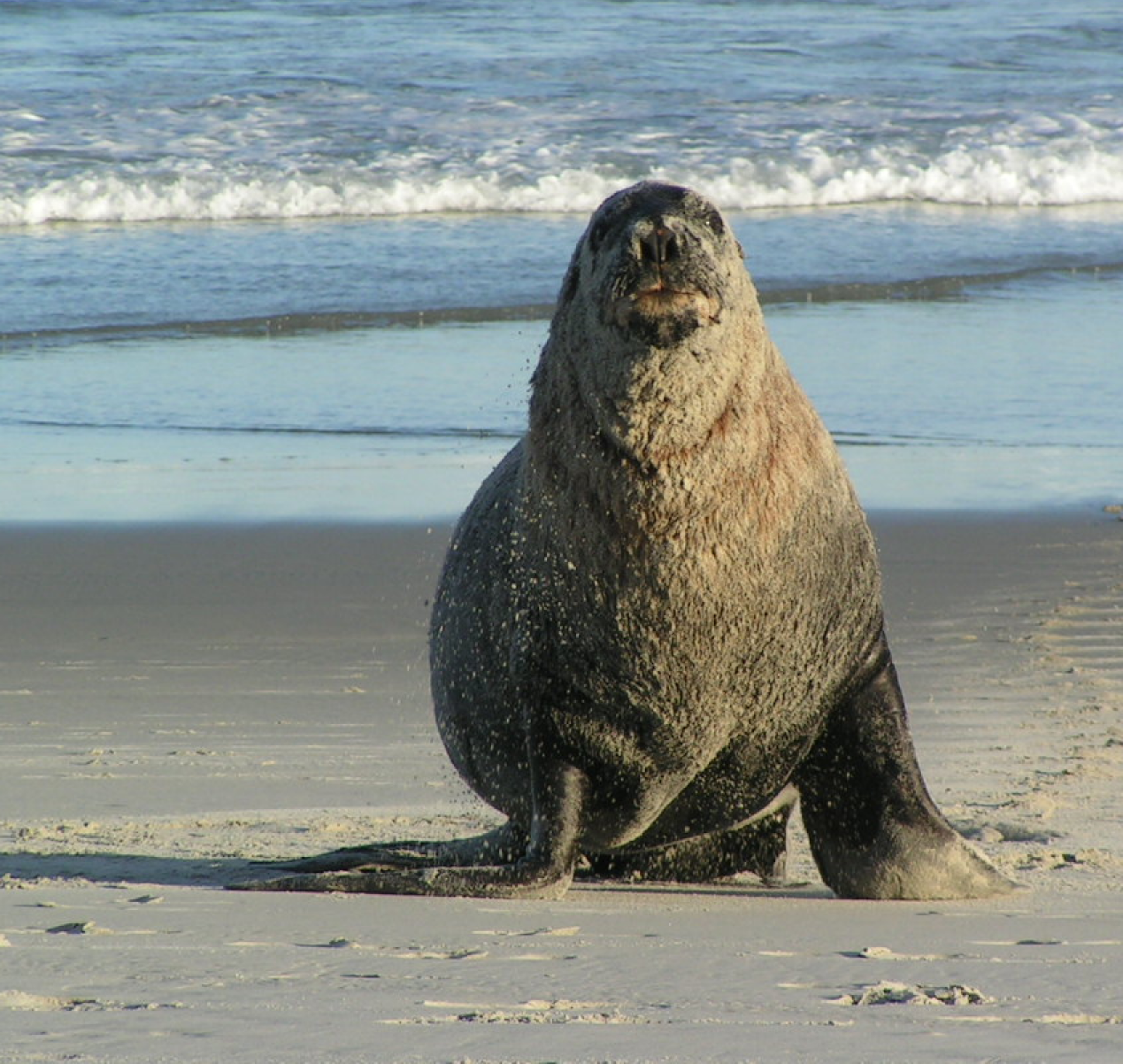

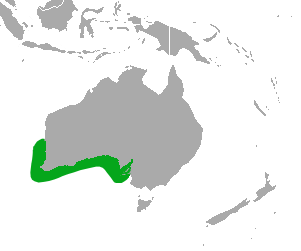 only endemic pinniped found in
only endemic pinniped found in  the west coast of north America. On this map, the navy blue marks the breeding rance, while the light blue shows the total range that they can be found in. It should be noted, that previously the Japanese and Galapagos sealion were both considered subspecies of the Californian species, but no longer. They can stay healthy, for a time, in fresh water, and have been seen living for a while in Bonneville dam – 150 miles inland.
the west coast of north America. On this map, the navy blue marks the breeding rance, while the light blue shows the total range that they can be found in. It should be noted, that previously the Japanese and Galapagos sealion were both considered subspecies of the Californian species, but no longer. They can stay healthy, for a time, in fresh water, and have been seen living for a while in Bonneville dam – 150 miles inland.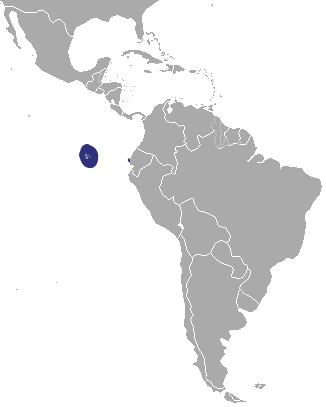 on all of the Galapagos Islands, as well as (in smaller numbers) on Isla de la Plata, which is just 40km from Puerto López a village in
on all of the Galapagos Islands, as well as (in smaller numbers) on Isla de la Plata, which is just 40km from Puerto López a village in  known as the Hooker sealion) is native to south island, though before 1500 it is thought that it was also found on north island. They tend to breed on Subarctic islands of Auckland and Campbell (99% of the pups are born in these islands). In 1993, sealions started breeding on South Island again for the first time in 150 years.
known as the Hooker sealion) is native to south island, though before 1500 it is thought that it was also found on north island. They tend to breed on Subarctic islands of Auckland and Campbell (99% of the pups are born in these islands). In 1993, sealions started breeding on South Island again for the first time in 150 years.










